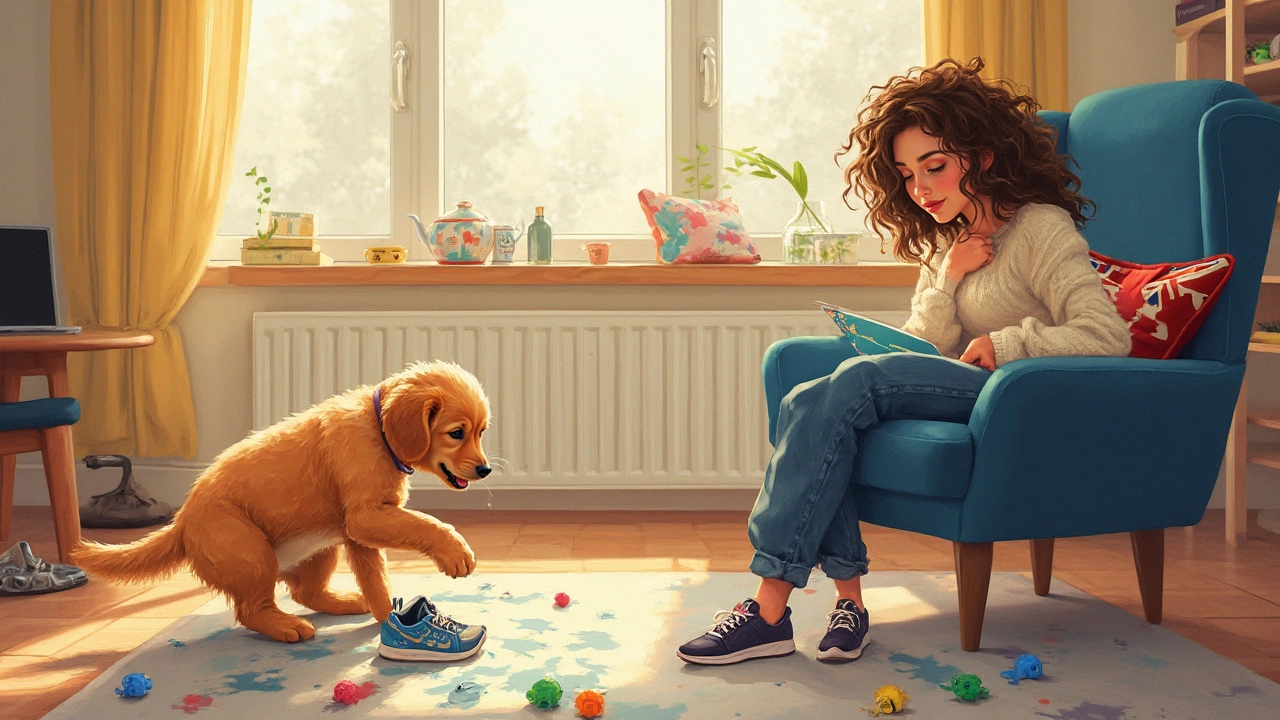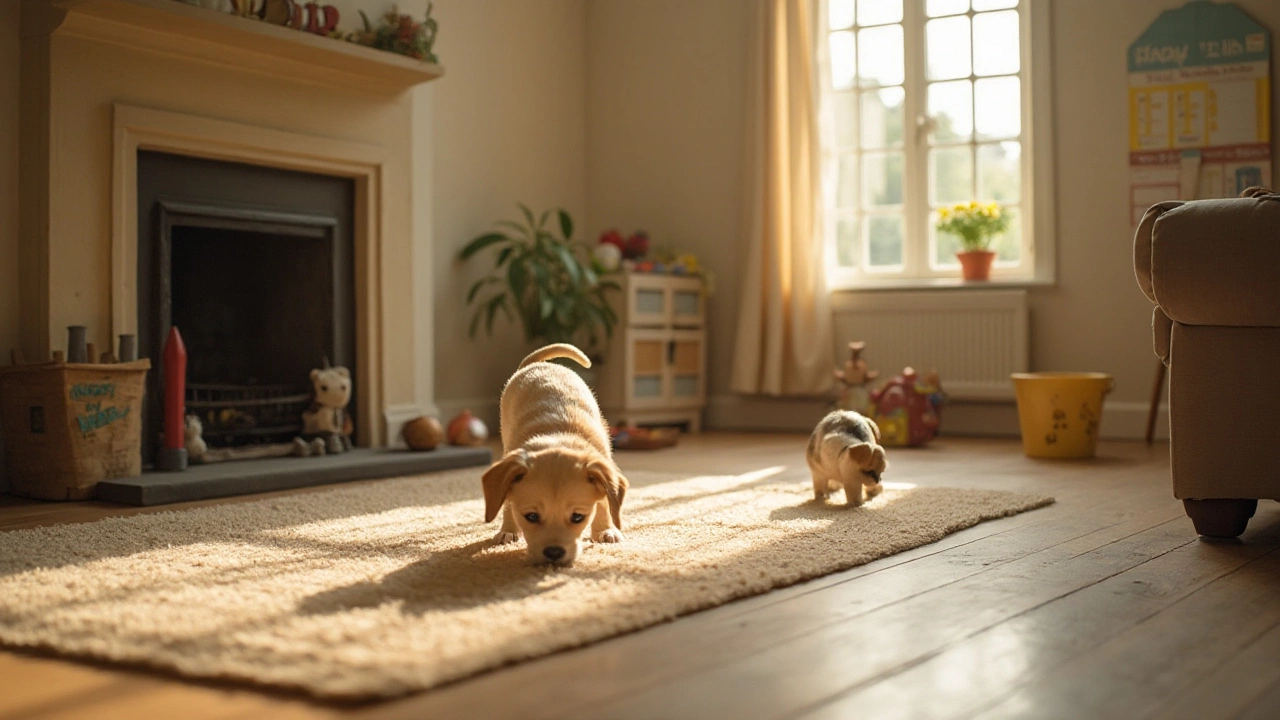Puppy Development: What Every New Owner Should Know
Got a new pup and feel a bit lost? You’re not alone. Puppies grow fast, and knowing what to expect makes the ride smoother. Below is a down‑to‑earth roadmap that covers health, training, nutrition, and the big question – when can your pup explore the house on its own?
Stage 1: Birth to 8 Weeks – Early Growth
During the first two months a puppy is still learning how to be a dog. The most important things are:
- Vet visits and vaccinations. Most vets schedule a series of shots at 6‑8, 10‑12 and 14‑16 weeks. Stick to the schedule to keep puppy‑hood illnesses at bay.
- Nutrition. Stick with a high‑quality puppy formula. It’s richer in protein and calories, which fuels rapid growth.
- Socialisation. Gentle handling by you and safe exposure to other vaccinated pups builds confidence and reduces fear later.
At this age, a crate can feel like a safe den. Put a soft blanket inside, keep the door open, and let the pup nap there for short periods. No pee pads are needed yet – the little bladder will hold a few hours.
Stage 2: 8 to 16 Weeks – Learning & Play
This is the fun (and messy) part. Puppies start teething, testing boundaries, and learning to communicate.
- Pee‑pad decisions. If you’re house‑training inside, a pee pad in the crate at night can prevent accidents. Use it sparingly; you’ll want the pup to learn the outdoor routine soon.
- Biting timeline. Most pups stop serious biting around 4‑5 months. Offer chew toys – rubber Kongs, rope toys, or safe frozen carrots – to redirect mouthing.
- Free‑roam timing. Wait until the pup can reliably hold its bladder (about 3‑4 months) and respond to basic commands before letting it run free inside. Set up baby gates to block off unsafe zones.
- Food transition. Around 12 months (or at the breed‑specific maturity point) switch to adult food gradually over a week. Look for signs like steady weight, no growth plates on x‑ray, and a settled energy level.
Training should stay short and positive. A 5‑minute session of “sit”, “stay”, and “come” done twice a day works better than a marathon that ends in tears.
Remember, every puppy is different. Some may need extra help with anxiety – a calming collar or a bit of Greek yogurt (plain, unsweetened) can be soothing, but always ask your vet first.
By the time your pup hits 6 months, you should have a solid routine: regular meals, daily walks, short play bursts, and a growing list of commands. Keep the vet check‑ups on schedule, keep feeding a balanced puppy diet until the switch, and watch the bite‑ing phase fade as chew toys get the credit.
Bottom line? Treat puppy development like a series of small milestones. Celebrate the wins – a dry night in the crate, a successful “stay”, a calm car ride – and adjust when something feels off. With the right care, your pup will grow into a well‑behaved, healthy companion ready for all the adventures you’ll share together.
Puppy Toys: Navigating the Most Difficult Age for Your Pup
Raising a puppy comes with plenty of high-energy moments, but nothing tests your patience like the dreaded chewing stage. This article breaks down the most difficult age for a puppy and why it sends so many pet owners searching for the right toys. Get real advice for surviving this challenging time, understand what's going on in your puppy's mind, and find tips that make life easier for everyone involved. We'll also talk about the toys that can save your shoes, your furniture, and your sanity.
Understanding When Your Puppy Will Settle Down: A Guide to Calmer Days
Puppies, with their boundless energy and curiosity, bring joy and chaos in equal measure. As pet owners, it is important to understand when our pups might start to calm down and what influences their rambunctious nature. Generally, puppies begin to show signs of mellowing around six months to a year, though this can vary by breed and individual temperament. There are effective strategies and toys to help manage their lively behavior. With patience and the right tools, you can guide your little furball towards more serene days.

